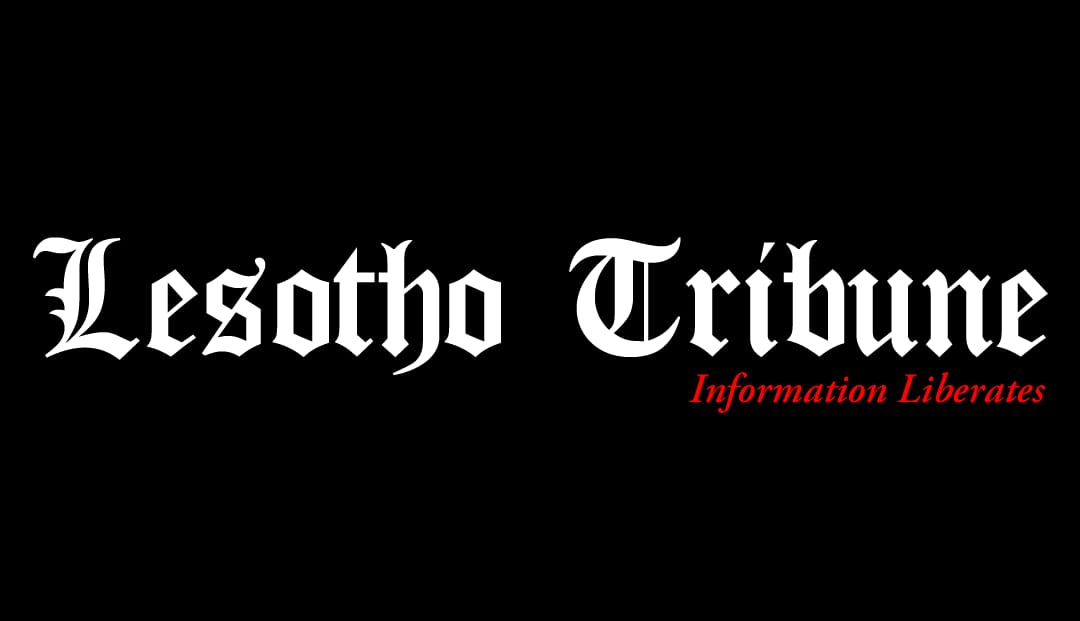Lesotho is adopting machine learning to improve economic predictions. Quarterly GDP data has often been delayed or revised, posing challenges for timely decision-making. The International Monetary Fund (IMF) has introduced machine learning models to help estimate GDP growth and forecast inflation.
Key factors include:
• Use of non-traditional data, like Google search trends.
• Real-time GDP growth nowcasting.
• Improved inflation forecasts using models such as Elastic Net and Random Forests.
The models are expected to enhance policy decisions in a data-scarce environment.
Lesotho is integrating machine learning (ML) to enhance its economic forecasting capabilities. The country faces challenges in accessing timely and reliable economic data, with GDP data often delayed and revised. This has made it difficult for policymakers to make informed decisions, especially post-pandemic, when the informal economy expanded significantly.
The International Monetary Fund (IMF) has implemented machine learning techniques to provide real-time insights into GDP growth and inflation. Traditional methods struggled to accurately predict economic activity, especially with the limited data available in Lesotho. Machine learning offers a solution by leveraging a wider range of variables, including non-traditional data like Google search trends, fiscal outturns, electricity consumption, and trade-related indicators. These models allow for nowcasting—predicting current economic activity—and forecasting key trends like inflation.
GDP Nowcasting
One of the key applications of machine learning in Lesotho is GDP nowcasting, which aims to predict current GDP growth. The Bureau of Statistics (BoS) releases quarterly GDP data, but it often comes with significant delays and revisions. The IMF’s machine learning models provide an independent monthly estimate of GDP trends, offering a real-time gauge of the country’s economic performance. The models use high-frequency variables, such as imports, exports, tax revenues, and South African business confidence indices, to predict GDP growth. This approach helps address the issue of delayed data and offers more timely insights for policymakers.
Improved Inflation Forecasting
Inflation forecasting has also been enhanced through machine learning. Lesotho, like many other countries, has experienced inflationary shocks due to global events such as the COVID-19 pandemic and the war in Ukraine. These shocks made traditional time-series models less effective for predicting inflation. Machine learning models, such as Elastic Net and Random Forests, have been used to forecast inflation in Lesotho by incorporating a wide range of global, regional, and local variables. These include international food and oil prices, South African inflation expectations, and the exchange rate between the rand and the U.S. dollar.
The out-of-sample performance of these models has shown a substantial improvement over traditional methods, with inflation forecasts becoming more accurate. The models predict that inflation in Lesotho will moderate in the coming quarters, converging with trends in South Africa.
Potential Bias in GDP Estimates
In addition to nowcasting and inflation forecasting, machine learning techniques have been used to evaluate the accuracy of Lesotho’s GDP estimates. Due to capacity constraints and outdated data, there is a risk that official GDP figures may underestimate real economic activity. The IMF’s machine learning models suggest that Lesotho’s GDP may have been underestimated by as much as 9% by the end of 2023, particularly due to the informal sector’s growth. The models highlight the importance of fiscal variables, such as government spending and water royalties, in driving economic activity.
Implications for Policymakers
Machine learning’s ability to provide more accurate and timely economic forecasts has significant implications for Lesotho’s policymakers. With better insights into GDP growth and inflation trends, the government can make more informed decisions on fiscal policy, public spending, and economic planning. For instance, real-time GDP estimates could help policymakers adjust their strategies in response to economic slowdowns or growth spurts.
Moreover, more accurate inflation forecasts are crucial for setting wage growth expectations and managing fiscal projections. In the context of Lesotho, where food prices play a significant role in driving inflation, better predictions could help the government manage the cost of living for its citizens.
Conclusion
Machine learning is improving economic forecasting in Lesotho. It uses alternative data and computational models to give real-time insights into GDP growth and inflation.
This approach tackles long-standing data shortages.
It helps policymakers get timely and accurate information, crucial for managing the economy.
With better data, decisions can focus on immediate needs and long-term goals.
For instance, having up-to-date GDP estimates lets you respond faster to changes in the economy.
It also supports sustainable development by providing better forecasts and more reliable planning tools.
This article is derived from IMF Country Report No. 24/289
KINGDOM OF LESOTHO
SELECTED ISSUES
This Selected Issues paper on Kingdom of Lesotho was prepared by a staff team of the
International Monetary Fund as background documentation for the periodic consultation
with the member country. It is based on the information available at the time it was
completed on August 22, 2024.





